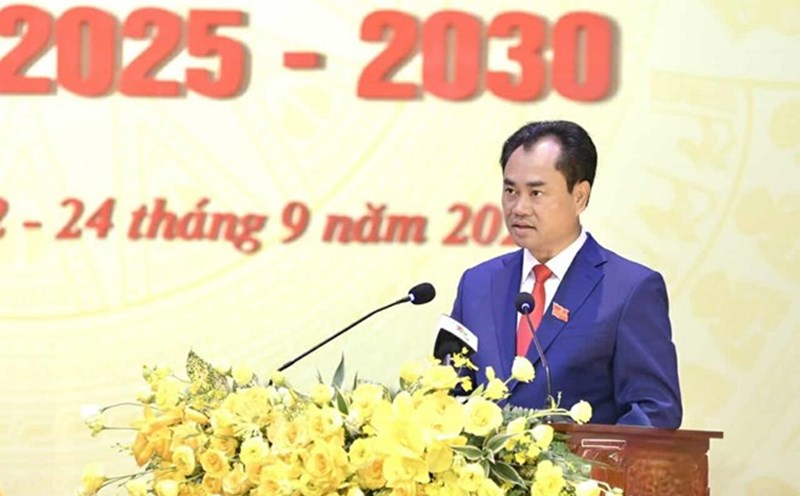People still face difficulties in administrative procedures
In recent years, rooftop solar power has had remarkable development with hundreds of thousands of systems, equivalent to thousands of Mwps, contributing to reducing pressure on the national power system.
According to the adjusted VIII Power Plan, Vietnam's solar power potential is about 963,000 MW, by 2030, the total capacity of solar power sources will reach 46,459 - 73,416 MW; by 2050, the total capacity will be 293,088-295,646 MW.
However, according to the Ho Chi Minh City Association of Renewable Energy, administrative procedures when installing rooftop solar power still have many shortcomings. In Articles 21, 23 and 24 of Decree 58/2025, households installing rooftop solar power systems under 100kW can still be required to apply for a construction permit, fire prevention and fighting approval or environmental records, even though specialized laws are not mandatory. In addition, regulations on construction acceptance and surplus electricity sales records with approval documents from competent authorities also exceeded the capacity of small households.
The Ho Chi Minh City Renewable Energy Association recommends reforming administrative procedures. For households that install a system under 100kW, they should not require a construction permit, fire prevention and fighting records or environmental records.
Regarding policies to encourage development, the association proposed to restore incentives in Decree 135/2024, including tax and credit incentives, research and training support.
Legal gap for small and medium enterprises
According to Mr. Nguyen Xuan Quy - Vice President of the Vietnam Clean Energy Association - rooftop solar power is a very correct strategy of the Party and State. However, the current risk problem that needs to be closed is the legal gap for the third-party model of providing renewable energy for small and medium-sized enterprises.
According to Mr. Quy, Decree 57 creates a direct power purchase and sale mechanism (DPPA), a breakthrough that allows renewable power producers to directly sell electricity to customers who consume large amounts of electricity. Next, Decree 58 focuses on strongly encouraging the self- propelled self-deprecation model, helping people and businesses proactively source energy.
However, when looking into practice, an important legal gap has appeared right between these two pillars, which is the small and medium enterprise (SME) sector. In fact, the SME group is not a large electricity consumer to be able to participate in the DPPA mechanism under Decree 57.
However, they face many barriers to effectively apply the self- propelled production model according to Decree 58 due to the following reasons: limitations in initial investment capital; lack of technical expertise because the operation and maintenance of power systems is not their core expertise; limitations in installation space when many businesses rent factories, do not own roofs or suitable spaces.
According to Mr. Quy, this reality creates a paradox: the most dynamic business segment, with the need to use clean energy at the most competitive prices, is the subject left behind in the energy revolution.
In fact, the Vietnam Clean Energy Association proposed that the Government and relevant ministries and branches study and soon issue regulations to legalize the ESCO business model, also known as the Third Party model. Because the nature of this model is very simple and effective. For example, a third party (professional investor) will spend 100% of its capital to invest, install, operate and maintain a renewable energy system (for example, rooftop solar power) at the enterprise's own facility.
On the other hand, businesses do not have to spend investment capital, just need to sign a direct power purchase contract from this third party at a fixed or fluctuating price but with a preferential price than the electricity price from the national grid for a certain period of time (for example: 15-20 years). And after the contract expires, the energy system will be transferred back to the enterprise.








